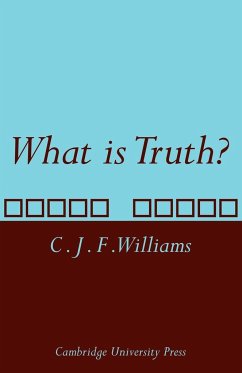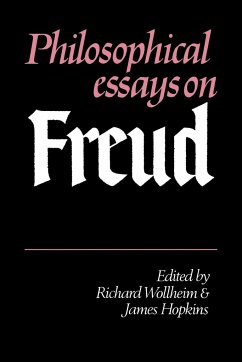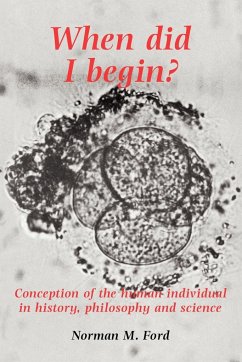
What Functions Explain
Functional Explanation and Self-Reproducing Systems
Versandkostenfrei!
Versandfertig in 1-2 Wochen
61,99 €
inkl. MwSt.

PAYBACK Punkte
31 °P sammeln!
This book offers an examination of functional explanation as it is used in biology and the social sciences, and focuses on the kinds of philosophical presuppositions that such explanations carry with them. It tackles such questions as: Why are some things explained functionally while others are not? What do the functional explanations tell us about how these objects are conceptualized? What do we commit ourselves to when we give and take functional explanations in the life sciences and the social sciences? McLaughlin gives a critical review of the debate on functional explanation in the philos...
This book offers an examination of functional explanation as it is used in biology and the social sciences, and focuses on the kinds of philosophical presuppositions that such explanations carry with them. It tackles such questions as: Why are some things explained functionally while others are not? What do the functional explanations tell us about how these objects are conceptualized? What do we commit ourselves to when we give and take functional explanations in the life sciences and the social sciences? McLaughlin gives a critical review of the debate on functional explanation in the philosophy of science that has occurred over the last fifty years. He discusses the history of the philosophical question of teleology, and provides a comprehensive review of the post-war literature on functional explanation. What Functions Explain provides a sophisticated and detailed Aristotelian analysis of our concept of natural functions, and offers a positive contribution to the ongoing debate on the topic.














